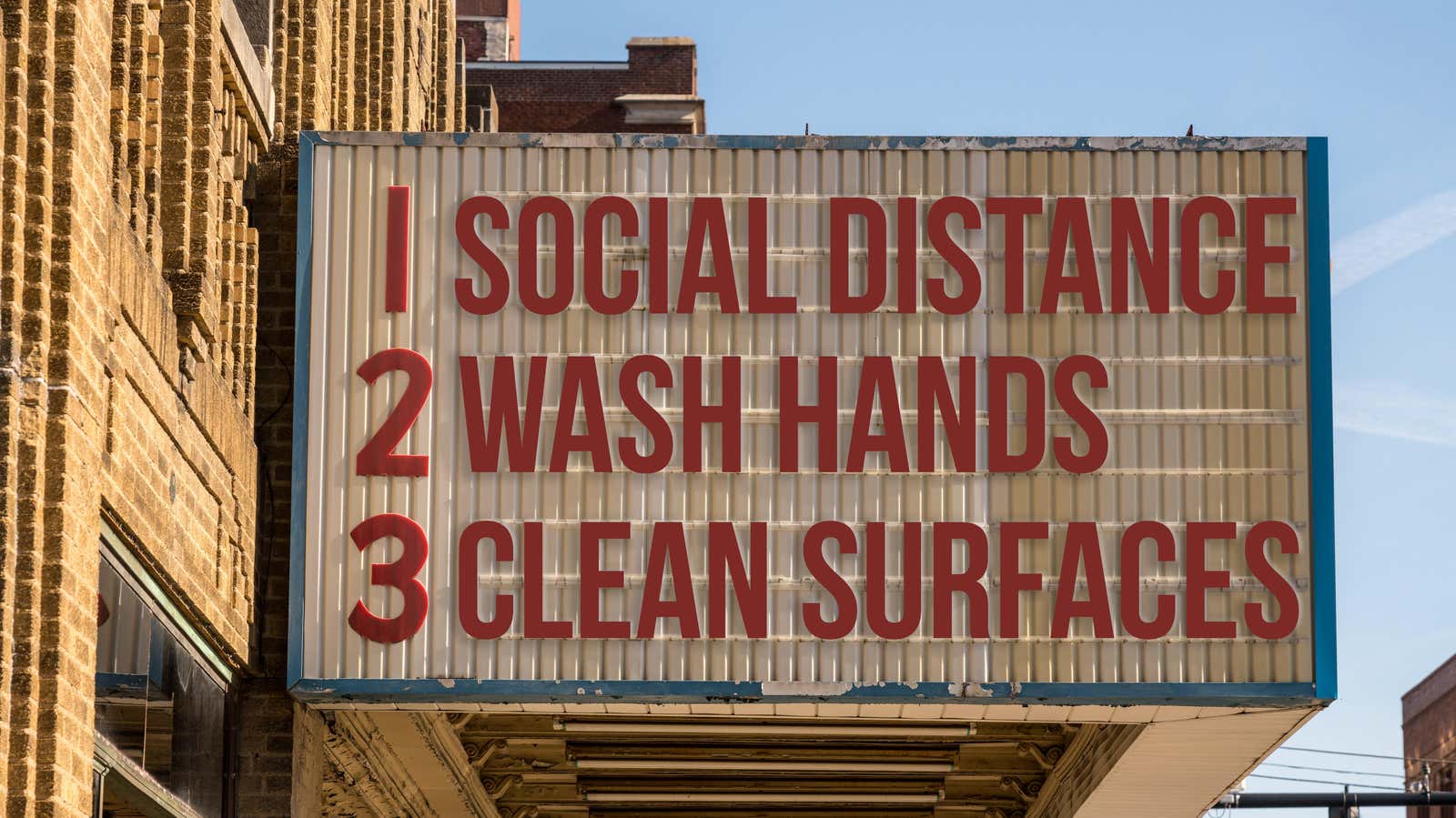These COVID ‘facts’ Are No Longer True

It’s been a long pandemic and COVID is still spreading. But along the way, we at least learned a lot. Just as we stopped obsessing over handwashing, we once had (or still have) plenty of other ideas about COVID that needed to be updated. Here are some of the important points.
Natural Infestation no longer provides full protection
There was a time when, if you contracted COVID, you could consider yourself protected from reinfection for at least a few months after you recovered. Unfortunately, this does not appear to be the case for currently circulating strains, including BA.4 and BA.5, both variants of the highly transmissible Omicron, which appear to be particularly good at inducing infection even in people who have previously been cured of COVID.
However, the situation is not as dire as some recent headlines have suggested. One article, prior to the correction, claimed that reinfection “does not confer immunity”, which is incorrect. He also cited a report of Omicron infections occurring shortly after Delta infections , suggesting that this meant that it was possible to become infected with Omicron over and over again, which is not the same thing.
What we do know is that if you recovered from a previous strain of the virus, you can still get sick again from a different strain. The good news is that a previous infection still likely provides at least some protection. One preprint says that even if you can still get sick, you may have a pretty good defense against severe illness . And the even better news is that the vaccine is still effective against serious diseases.
“Your mask protects me, my mask protects you” obsolete
Yeah, it was a cute idea when people actually wore their damn masks. It was also the limit of our understanding at the very beginning of the pandemic. We knew masks were pretty good at blocking droplets coming out of the mouth and nose, but we didn’t know if they could block droplets or even aerosols that might get in . It turns out they do.
This is good news when you go to a crowded place where others are not wearing masks. A well-fitting mask, especially one made with a high quality filter material such as N95, will do a lot for your safety, no matter what others do .
There’s nothing special about six feet
The ubiquitous six-foot rule of social distancing was based on the respiratory droplet splash zone. Your breath or speech will likely send droplets of saliva about three feet away. A cough or sneeze can go further, so six feet seemed to work pretty well as a rule of thumb.
But then we found out that the coronavirus is quite well tolerated through the air. If you’re in an enclosed space with other people, there’s probably a virus in the air, even if you never get closer than six feet to anyone. Keeping your distance probably helps a little, but it’s not enough to keep you safe.
The protection we can expect from vaccines has changed
It changed and then changed back. When the first COVID-19 vaccines were approved, the FDA only had data on how well they prevented severe or symptomatic illness, not whether they prevented people from transmitting the virus in the first place.
After a while, it began to seem that vaccines generally prevent infection of people, even asymptomatic ones. We tend to think that a vaccine makes us virtually invincible; We were asked to take off our masks. But the virus had other ideas. It is now very possible to become infected and even sick, even if you have been fully vaccinated (and even with recommended boosters).
The bottom line is that the vaccine does not protect us from contracting the virus, but reduces the likelihood of a life-threatening disease. So the vaccine and its boosters are worth it, but we shouldn’t be so eager to avoid other remedies.